Fuel consumption is one of the most important factors when choosing vehicles. As a rule, each car manufacturer necessarily specifies the fuel consumption in urban, mixed and suburban cycle. But sometimes the data of car factories significantly differ from real figures.
The top ten included the most economical crossover for fuel consumption according to motorists.
10
Niva Chevrolet

Niva Chevrolet opens the top ten most economical SUVs. Lovers of quality and reliability will not be disappointed in this domestic SUV.For a long period of time and under all conditions of impassability, this car is able to serve you faithfully and truthfully. The four-cylinder off-road engine has a rated power of 80 horsepower. The engine capacity is 1.6 liters. The fuel consumption in the mixed cycle is 100 km, 10.9 liters, suburban - 8.8 liters, urban 14.2. However, real feedback from the owners suggests that the car in the city has a much higher fuel consumption.
9
SsangYong Actyon
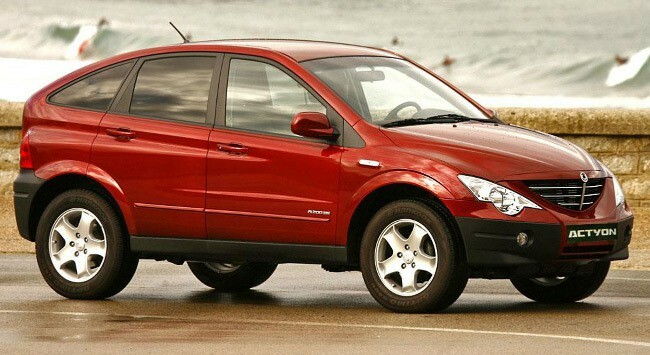
SsangYong The Actyon is a very economical SUV with a moderate fuel consumption. Since 2011, the appearance of the crossover has changed dramatically. At the choice began to be offered complete sets with a 2-liter petrol or diesel motor. The maximum power is 149 and 175 hp, depending on the configuration. Average fuel consumption was reduced. Now it is in the average cycle of 100 km is-8-8.5 liters on a gasoline engine and 6-7.5 liters on a diesel engine.
8
Suzuki SX4
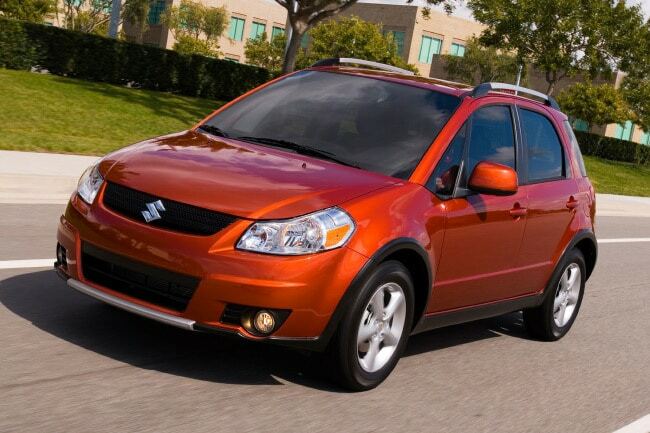
Suzuki SX 4 is considered one of the most economical crossover in fuel consumption among motorists. In 2013, the second generation of the car debuted. In addition to changes in the design, there have been changes in the motors that are installed on the model. The buyers are offered the same 1.6-liter engine, but now with 117 hp.(and also with 140 hp from 2016 after restyling).There is a traditional choice between full and front drives, as well as between AT and MT.The consumption of gasoline varies in the city from 6.6 to 6.8 liters, on the highway - from 4.7 to 5 liters. On the version with 140 horsepower, the flow rate in city / route modes is 6.7 / 5.2L.
7
Mazda CX-5 2.2

Diesel version Mazda CX -5 2.2 The belongs to the most economical fuel consumption crossover. The machine has 175 forces, but there is a less powerful version of -150 horses. The unit is powered exclusively by diesel fuel, and has very high speed indicators. Accelerates to the first hundred for 9.4 seconds with a mass of 1.7 tons. The maximum acceleration is up to 204 km / h. The motor in the city consumes about 7.0 liters, and on the road - 5.3 liters.
6
Toyota Urban Cruiser

Toyota Urban Cruiser is on the list of the most fuel-efficient SUVs for gasoline consumption. Toyota Urban Cruiser with a gasoline engine is equipped with a start / stop system, which deafens the engine in traffic jams and re-starts it once the driver presses the clutch pedal. This allows you to significantly reduce fuel consumption. In all-wheel drive trim levels with a 1.3-liter engine, it is 5.5 liters per 100 kilometers, in front-wheel drive - only 4.5 liters. The claimed maximum speed is 175 km / h. Acceleration to a speed of 100 km / h is 11.7 s for front-wheel drive and 12.5 s for 4 WD.
5
Hyundai ix35
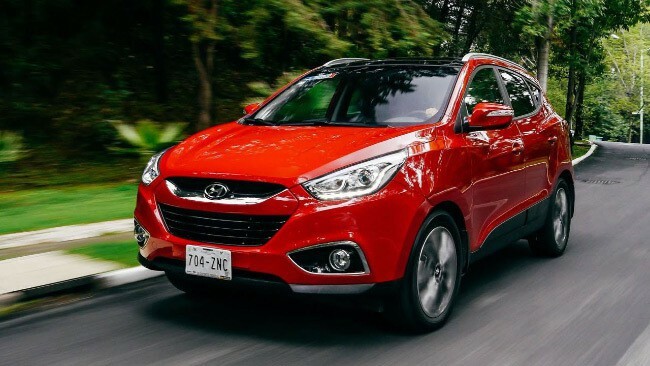
Hyundai ix35 - one of the most economical crossover for today. The average flow rate is from 10 to 16 liters, depending on the engine, gearbox, drive and driving style. The petrol 2.0 is paired with a 5-speed manual transmission and a 6-speed automatic. The standard kit has 150 horses and a front-wheel drive. In the option there is a full drive with 166 hp. Acceleration to a hundred - 10.4 seconds, and the maximum speed - 181 km / h. The fuel consumption for the city is 9.8 liters, along the route 6.1 liters and mixed - 7.5-8.2 liters. The diesel 2-liter engine can be completed with 2 kinds of transmission. The diesel is slightly more powerful than the gasoline engine - 184 hp.with a thrust of 135 kW.The maximum speed is 195 km / h, and acceleration to a hundred car passes already in 9.4-10.1 seconds. The fuel consumption has decreased, and now it is 7.5-9 liters in the city, the route - 5 liters and the average - 5.5-7.1 liters.
4
Nissan Qashqai
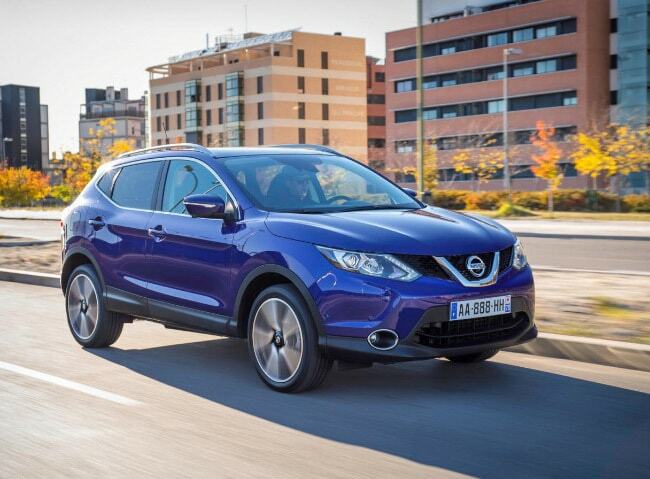
Nissan Qashqai - economical SUV from the Japanese manufacturer. Modification with 1.6 engine and 115 horsepower in the city cycle consumes 8.3 liters.on 100 km, in country 5.6 liters and in mixed - 6.7 liters. This is the claimed consumption by the manufacturer, as for real figures, they are somewhat different. The average figure is 7.7 liters.and 10 liters in the city.
3
Ford Kuga
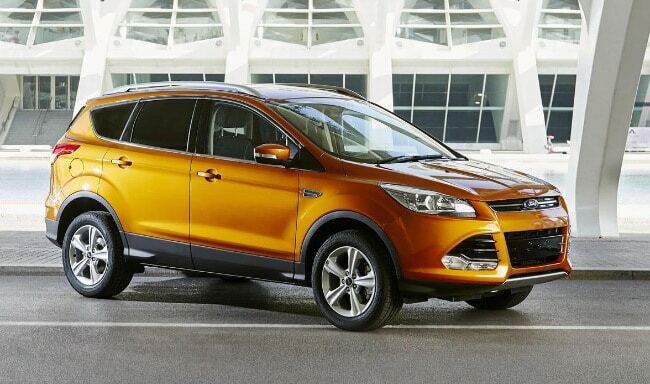
Ford Kuga with engine 1.6 is among the ten most economical crossover for fuel consumption. The maximum possible speed is from 192 to 200 km per hour. With a capacity of 150 liters.from.this unit is unlikely to satisfy fans of street racing and drive, but due to a moderate overclocking, the sound effects of the engine seem to compensate for insufficient traction. Fuel consumption in the urban area is approximately 11 liters, and with a full emission on the city route - up to 8.5 liters per 100 km, in a mixed cycle - 7.7 liters.
2
Volkswagen Tiguan
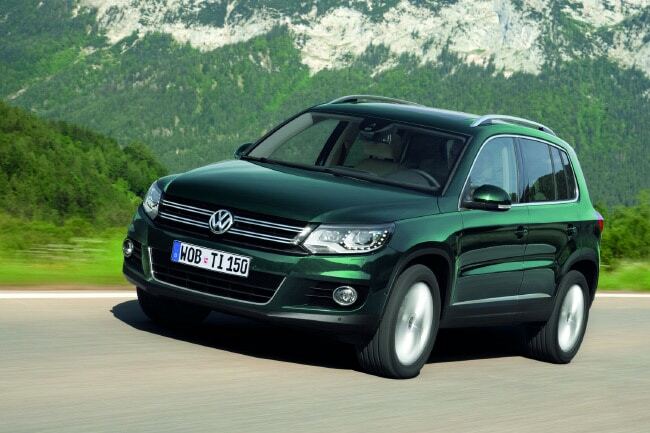
Volkswagen The Tiguan is considered one of the most fuel-efficient SUVs in fuel consumption. The front-wheel drive version of the Volkswagen Tiguan has a 1.4-liter engine, which can be compared to power with 122 horses. The maximum possible speed is 185 km / h. In addition to the front-wheel drive version, there is also a four-wheel drive, equipped with a 1.4-liter unit with a capacity of 170 horsepower. Speed capabilities are slightly improved and it will be possible to develop a speed of up to 192 km / h. Fuel consumption in the urban cycle is 10.1 liters, mixed - 8 liters, on the highway - 6.7.l.
1
Renault Daster
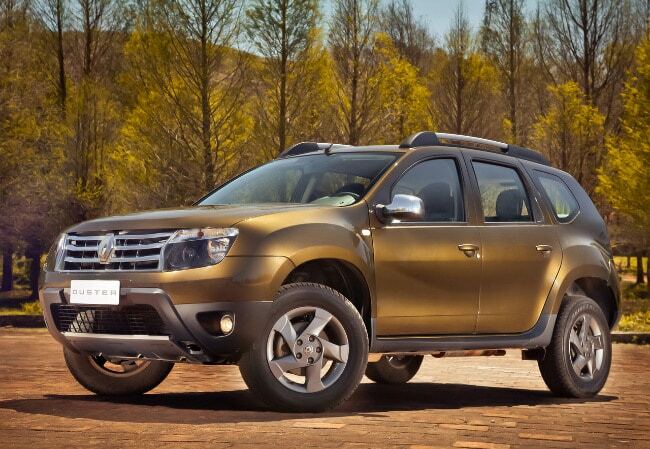
The Renault Daster is the most economical crossover for fuel consumption. The new Daster with diesel engine 1.5 is equipped with economical engines corresponding to the ecological standard EURO 5. Engine designers Renault have applied several innovative solutions to dramatically improve the car's throttle response and significantly reduce fuel consumption. Now the diesel has a turbocharger with variable geometry. This means that the cross-section at the turbine inlet varies with the load. Accordingly, the diesel operates in the optimum mode at any load and does not burn excess fuel at low and high revs. Also, the diesel is equipped with a common rail injection, which provides fuel supply under controlled high pressure and a changeover moment for the delivery of the fuel mixture, depending on the engine speed. Application of these innovations allowed to reduce the consumption of diesel fuel along the route to 5 liters, in a mixed cycle to 5.3 liters, urban - 5.9 liters.



